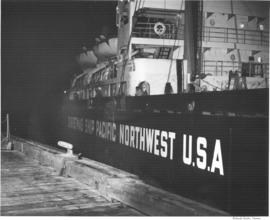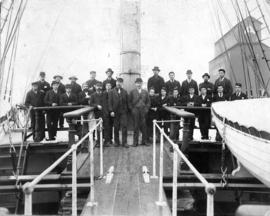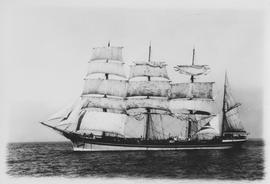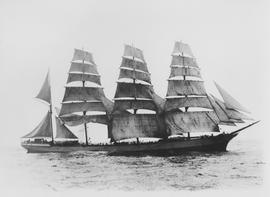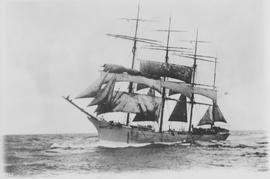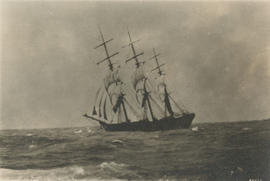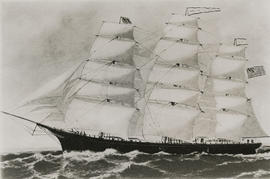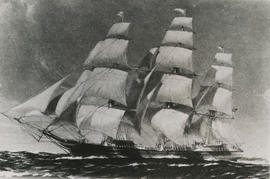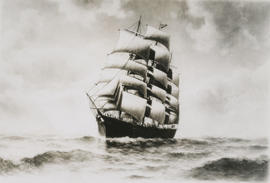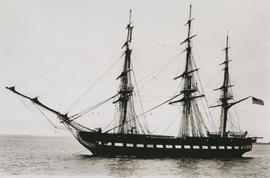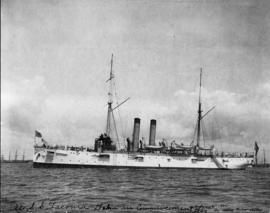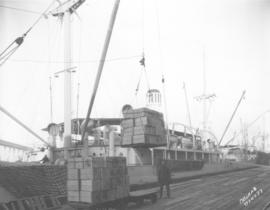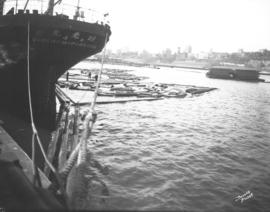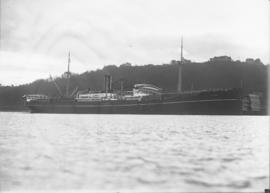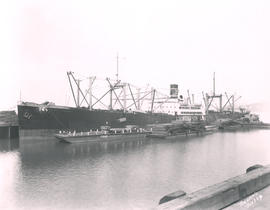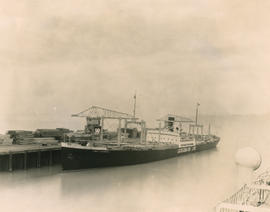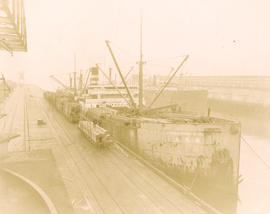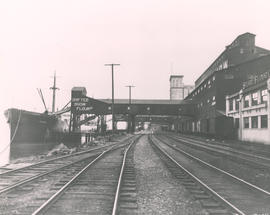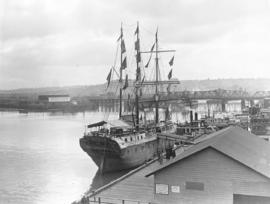- Item
- 1948-01-30
Part of Richards Studio Photographs
Times. The Gretna Victory, designated the Northwest Christmas Ship for the duration of its current relief mission, docked in Tacoma before 7 p.m. January 30, 1948, and left shortly after midnight. The 10,000-ton vessel was carrying food and clothing donations from four northwest states and Alaska and would complete its loading of relief supplies at Portland over the next two days. The ship was expected to dock in Bremen, Germany, about March l. (TNT, 1/31/1948, p.1)
Cargo ships--Tacoma--1940-1950; Relief ships--Tacoma--1940-1950; Assistance--Tacoma; Clothing relief--Tacoma--1940-1950; Food relief--Tacoma--1940-1950; Marine terminals--Tacoma--1940-1950; Piers & wharves--Tacoma--1940-1950;
